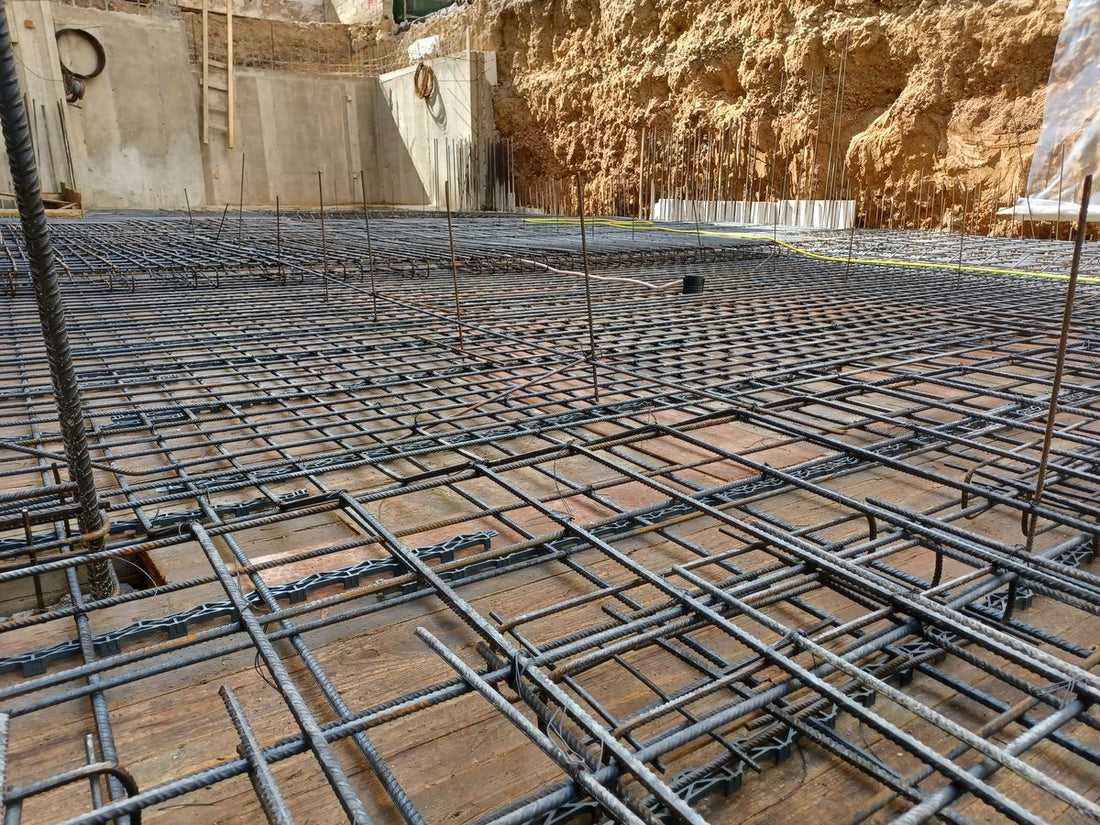
Concrete is a fundamental element in civil construction, enjoying a wide range of applications. However, fully understanding this material goes far beyond just knowing the basics. In this article, we will explore in depth what concrete is, its historical origins and the different ways to make the most of it in modern construction projects.
1. Fundamentals of Concrete: Definition and Composition
- Concrete is a robust and resistant material, formed by combining a cementing agent, such as Portland cement, with mineral aggregates, such as sand and gravel. Water is then added to create a malleable mixture that eventually solidifies and hardens.
2. The Historical Trajectory of Concrete: Origins and Evolution
- Although many attribute the invention of concrete to the Romans, evidence of its use dates back to ancient civilizations, such as striations found in Syria and northern Jordan. The iconic Pantheon in Rome is a testament to the durability and longevity of this material over the centuries.
3. Modifiers and Additives: Maximizing the Potential of Concrete
- In addition to the basic composition, concrete can be enhanced with a variety of additives to meet specific construction requirements:
- Accelerators: Used to accelerate the hardening process, especially in low temperature conditions.
- Retarders: Designed to delay cement hydration, being useful in hot climates to extend workability time.
- Air-Entraining Agents: Introduce air bubbles into the mixture to increase resistance to freezing and thawing cycles.
- Pigments: Allow customization of the color of the final concrete, adding aesthetic value to projects.
- Plasticizers and Superplasticizers: Improve the fluidity of the mixture, making it easier to place and reducing the need for water.
- Partial Cement Substitutes: Such as silica fume, fly ash and granulated blast furnace slag, offer economic and environmental benefits, reducing the consumption of Portland cement.
4. Proportion and Mixing: The Fundamental Balance
- The appropriate proportion of water is essential to guarantee the quality of the concrete. Although the minimum quantity is about twenty-five percent of the weight of the cement, between thirty-five and forty percent is generally required for proper mixing. The balance between cement and water is crucial to avoid problems such as cracking and ensure proper curing.
5. Applications and Care: Maximizing Usefulness and Durability
- Concrete is widely used in a variety of projects, from foundations to ornamental structures. Using temporary forms makes pouring and molding easier, while reinforcing with steel, such as rebar, may be necessary to increase strength in larger structures.
- Once completed, it is essential to properly care for the concrete. Applying sealants helps protect the surface from damage and extends its life, ensuring long-term durability.
Conclusion
A deep understanding of concrete and its nuances is fundamental to the success of any construction project. By exploring its origins, composition and modification possibilities, construction professionals can make the most of the potential of this versatile material, creating robust, long-lasting structures for the future of civil engineering.

